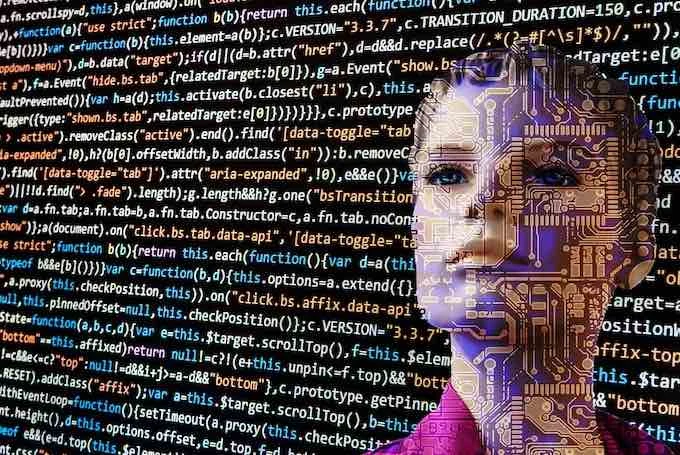A Deep Dive into AI-Enhanced Web Scraping for Business Research

In today’s digital landscape, data is the lifeblood of business research and analysis. The ability to extract data from websites through web scraping has become an essential tool for researchers across various disciplines. However, traditional web scraping methods can be limited by the ever-changing nature of websites, making it challenging to gather accurate and up-to-date information. This is where AI-enhanced web scraping comes in, offering a more intelligent and adaptable approach to data extraction.
What is AI-Enhanced Web Scraping?
AI-enhanced web scraping combines the power of artificial intelligence with traditional web scraping techniques to automate and refine the data extraction process. By leveraging AI algorithms, web scraping tools can overcome common challenges faced by traditional methods. These challenges include websites that frequently change their design or structure, the need to categorize and analyze the extracted data, and websites that employ anti-bot measures to prevent automated data collection.
AI-driven web scraping offers several distinct advantages over traditional methods, including:
1. Adaptive Scraping
Traditional web scraping relies on specific patterns or structures within a web page to extract data. When websites undergo design changes, traditional scrapers can break and fail to retrieve the desired information. AI-powered tools, however, can adapt to these changes and adjust their scraping techniques on-the-fly. By using machine learning and AI algorithms, these tools can autonomously identify and analyze the structure of a web page, ensuring continuous and accurate data extraction.
2. Human-Like Browsing Patterns
Many websites implement anti-scraping measures, such as CAPTCHAs, to prevent automated data collection. AI-driven web scraping tools can simulate human-like browsing behavior, including mouse movements, click patterns, and browsing speed. By mimicking these actions, the tools can bypass anti-bot measures and successfully collect data from protected websites.
3. Generative AI Models
Generative AI models, such as ChatGPT, can be applied in various stages of the web scraping process. These models can assist researchers in writing code for data extraction and provide step-by-step instructions in different programming languages. Additionally, once the desired data is scraped, generative AI models can be fine-tuned using the collected data to generate more conversational and contextually relevant content.
4. Natural Language Processing (NLP)
After data extraction, understanding and analyzing the collected information is crucial. NLP, a subset of AI, enables researchers to conduct tasks such as sentiment analysis, content summarization, and entity recognition. Sentiment analysis, for example, allows researchers to classify the extracted data as positive, negative, or neutral, providing valuable insights into public opinion and sentiment.
Wrapping Up
AI-enhanced web scraping is revolutionizing the way business researchers and analysts gather data from the web. By leveraging AI algorithms, these tools can overcome the challenges posed by constantly evolving websites and anti-bot measures. Adaptive scraping, human-like browsing patterns, generative AI models, and NLP are just a few of the innovative features that make AI-driven web scraping a game-changer in the field of data extraction. As websites continue to evolve, tools that can adapt and learn will be invaluable, and AI-enhanced web scraping is at the forefront of this technological advancement.




